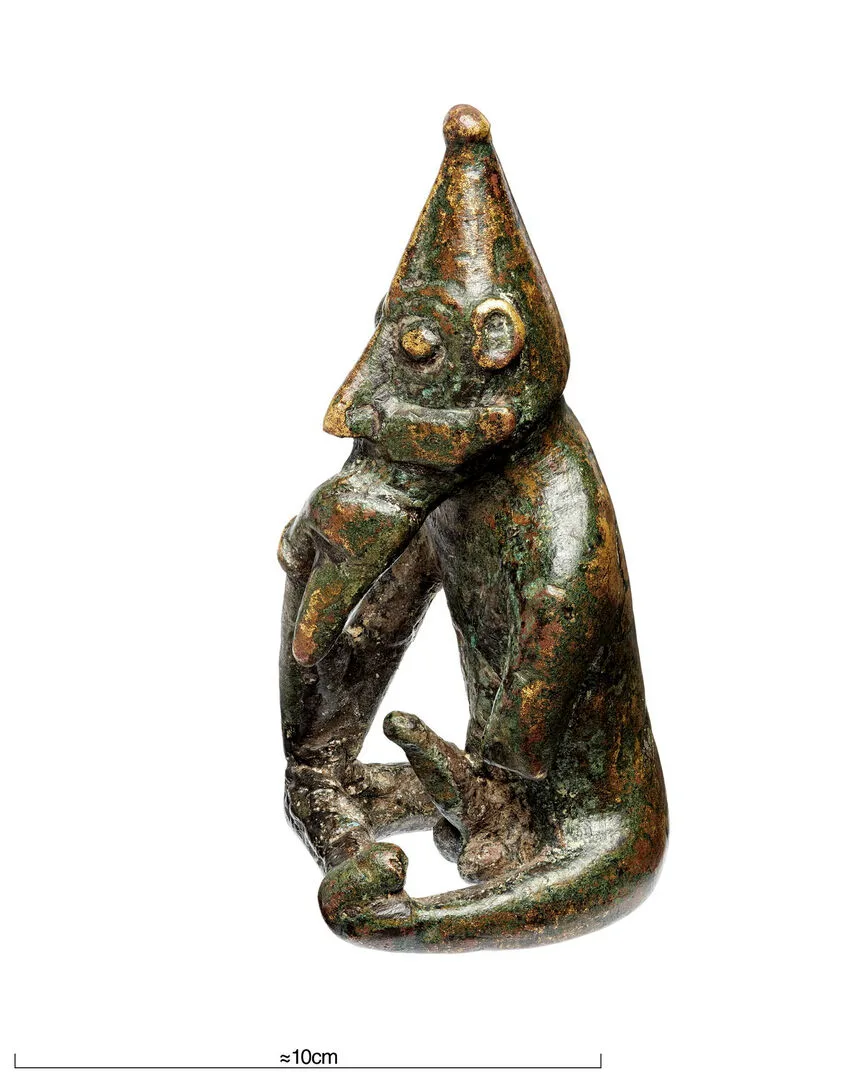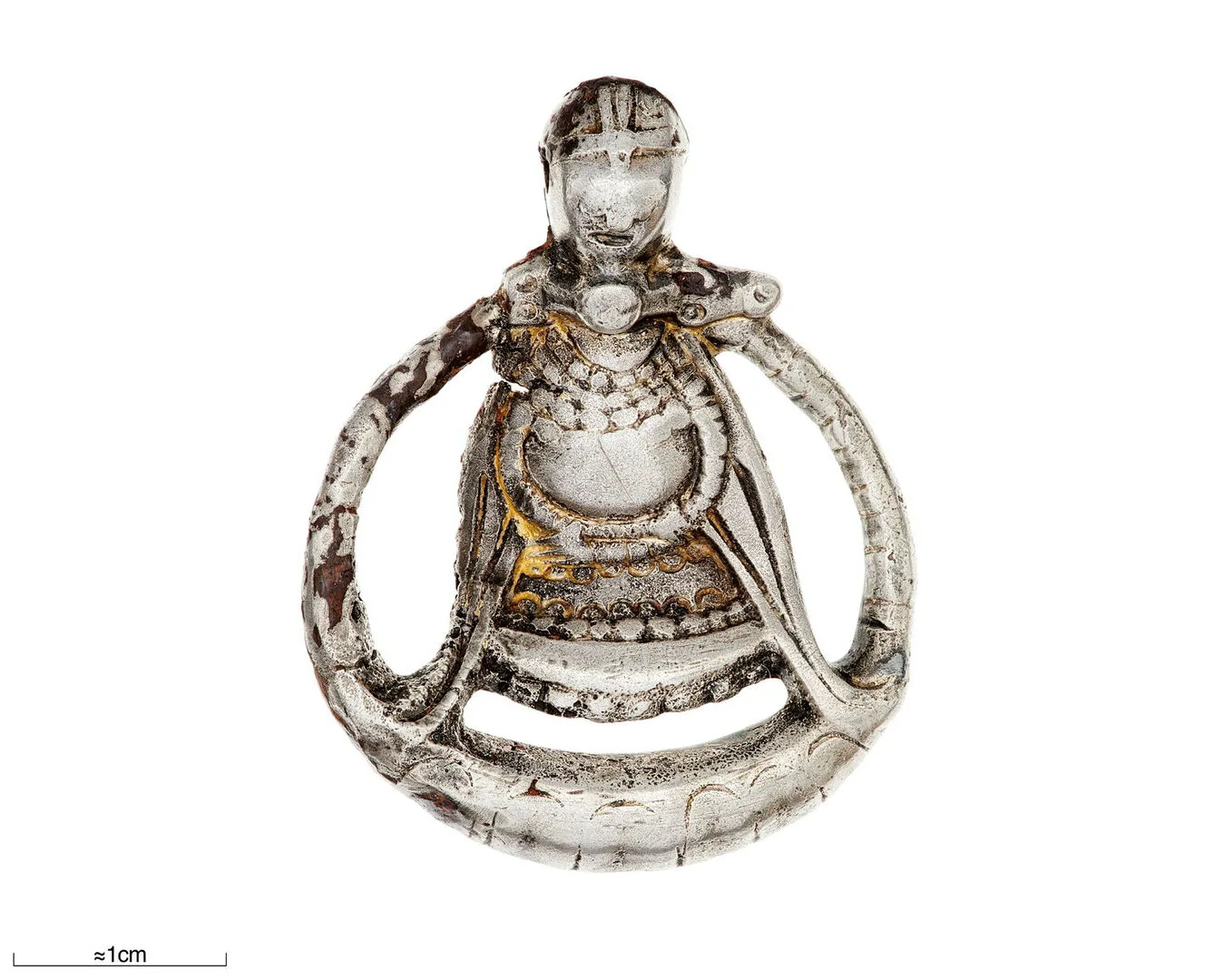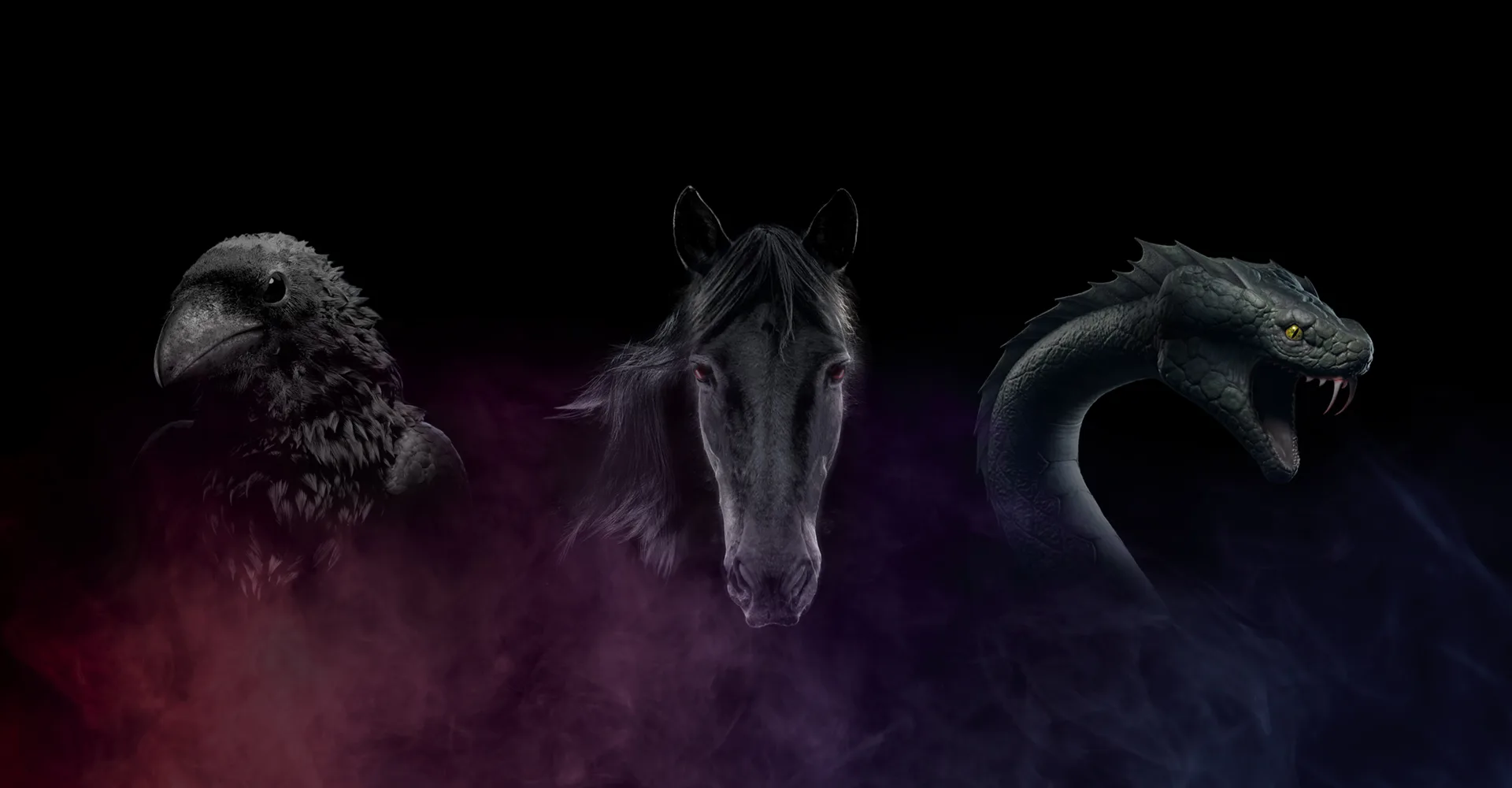Norse religion in the Viking Age
This is probably only partly true. Much of what is known as Ásatrú was composed after the Viking Age had ended. Instead, there existed sidr – customs and practices – which varied from place to place, much like traditions do today. By the 11th century, Christianity coexisted alongside these sidr.

Figurine
Figurine of bronze depicting Freyr, the god of fertility.
On view at Historiska museet in the exhibition Vikingarnas världFind this object in display 56, Vikingarnas värld Monter 56
Cult practices
Our main sources for understanding beliefs and rituals of the time are written accounts from the end of the Viking Age or early medieval period, and archaeological finds. Both come with limitations. The written sources were produced by Christians who often failed to understand, or even deliberately mocked, what they described. Yet they should not be dismissed entirely. Scholars agree that many of these texts are rooted in oral traditions dating back to the 9th century or earlier.

Pendant
Silver pendant depicting Freyja, the Viking Age goddess of love, war and fertiilty.
Archaeological excavations have uncovered numerous objects and remains that testify to Viking Age myths and cult practices. Examples include small figurines that may depict divine beings, hoards of valuable objects offered as sacrifices, and traces of buildings that may have served as temples. Graves, too, reveal both regional differences and shared features in religious expression across Scandinavia.
Another important source for pre-Christian religion is place-names. Many originally denoted sacred sites. Examples include names ending in -lund, -lunda or -vi. A god’s name is often embedded within them, as in Torslunda (“Thor’s grove”) or Ullevi (“Ullr’s sanctuary”).
Influence from abroad
Excavations have also revealed finds originating from far-distant lands. One of the more famous objects in the Swedish History Museum is the so-called Allah Ring: a gilded silver ring set with a glass inlay inscribed with the word Allah in Arabic. Dating to the Viking Age, it was discovered in a grave on Björkö, at the trading settlement of Birka.

Ring
Ring with a red stone inscribed with the word Allah.
The grave contained a set of jewellery with large bronze brooches and most likely belonged to a wealthy woman. Contemporary Arabic sources tell us that such rings were common gifts from Muslim merchants, particularly to women. These objects travelled from the Islamic Caliphate to Scandinavia along trade routes through Eastern Europe that formed an extension of the so-called Silk Road.
In the museum collections are thousands of beads, scales, weights and silver coins, as well as exquisite glass beakers and fragments of silk textiles. They bear witness to close connections between the early Islamic world and Viking Age eastern Scandinavia. Northern Europeans travelled as far as Baghdad, and frequently to the Caspian Sea region. For Scandinavians who journeyed eastwards, Islam must have been a well-known religion.
The bishop’s crozier
The crozier head once crowned a bishop’s staff. It belongs to the so-called Helgö relics, which also include a Buddha figure and a ladle from the eastern Mediterranean.
The crozier is Irish, or possibly British, and dates to around AD 700–800. Decorated with geometric carving known as chip-carving, it also features inlays of blue glass and various enamels. The upper part of the crozier is shaped as a coiled dragon or monster, its jaws framing a human face.

Crozier
Crozier of gilded bronze from the Viking Age.
The motif depicts the story of Jonah being cast up from the belly of the great fish. It symbolises Christ’s resurrection and rebirth. Though the subject is the same on both sides, the execution differs. On one side the creature’s body is given a herringbone pattern in chip-carving, while on the other side the body is inlaid with small pieces of yellow and green enamel.
Jonah himself also differs: on one side he has a fringe and an open mouth, while on the other his hairstyle and expression are distinct. Perhaps the artist intended one side to show Jonah being swallowed, and the other his release.
The Helgö Buddha
The bronze Buddha figurine found together with the crozier was produced in the late 5th or early 6th century, probably in the Swat Valley, on the border between present-day Afghanistan and Pakistan. How it made its way to Scandinavia remains uncertain.

The Helgö Buddha
The figurine depicts Buddha seated on a throne shaped as a double lotus flower. It shows that the Vikings had encounters through trading routes with people far away from their home.








